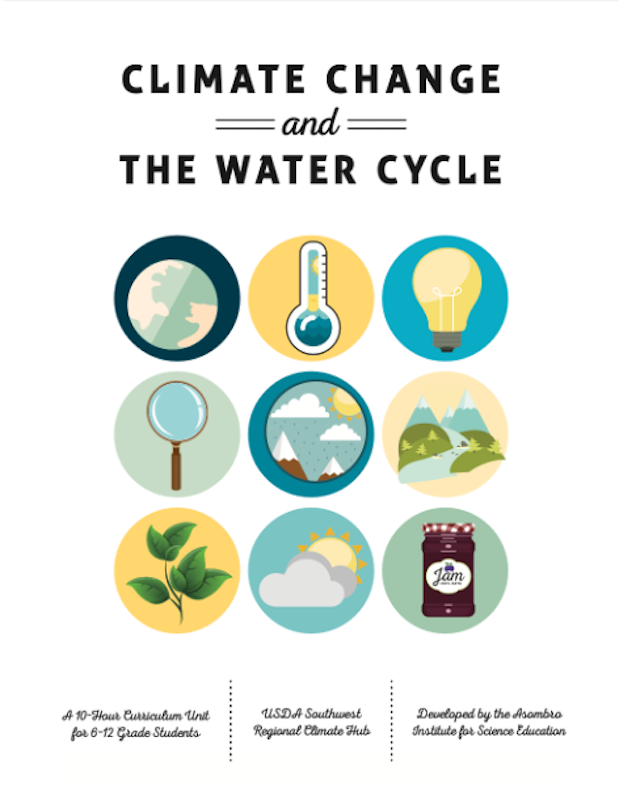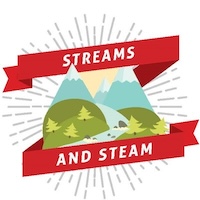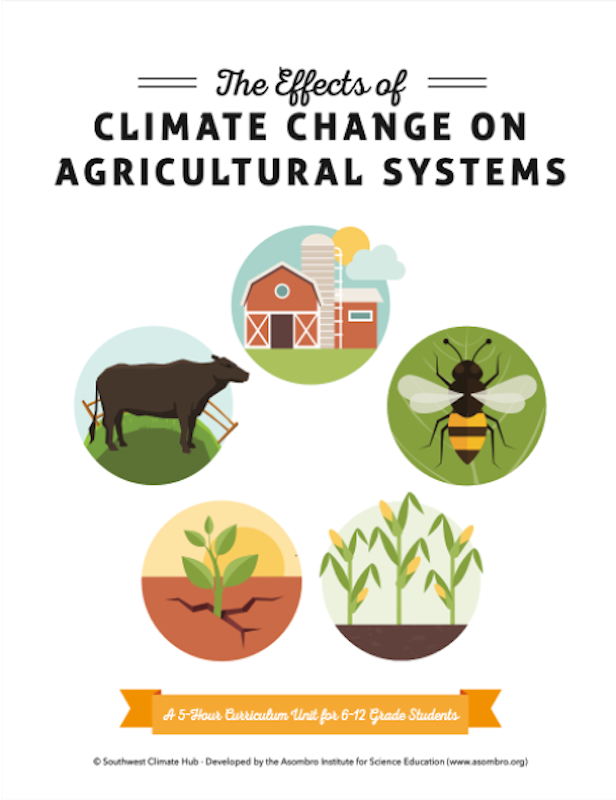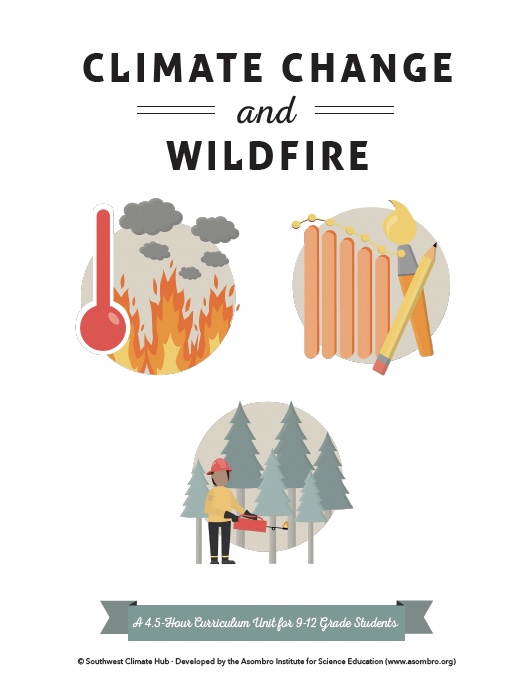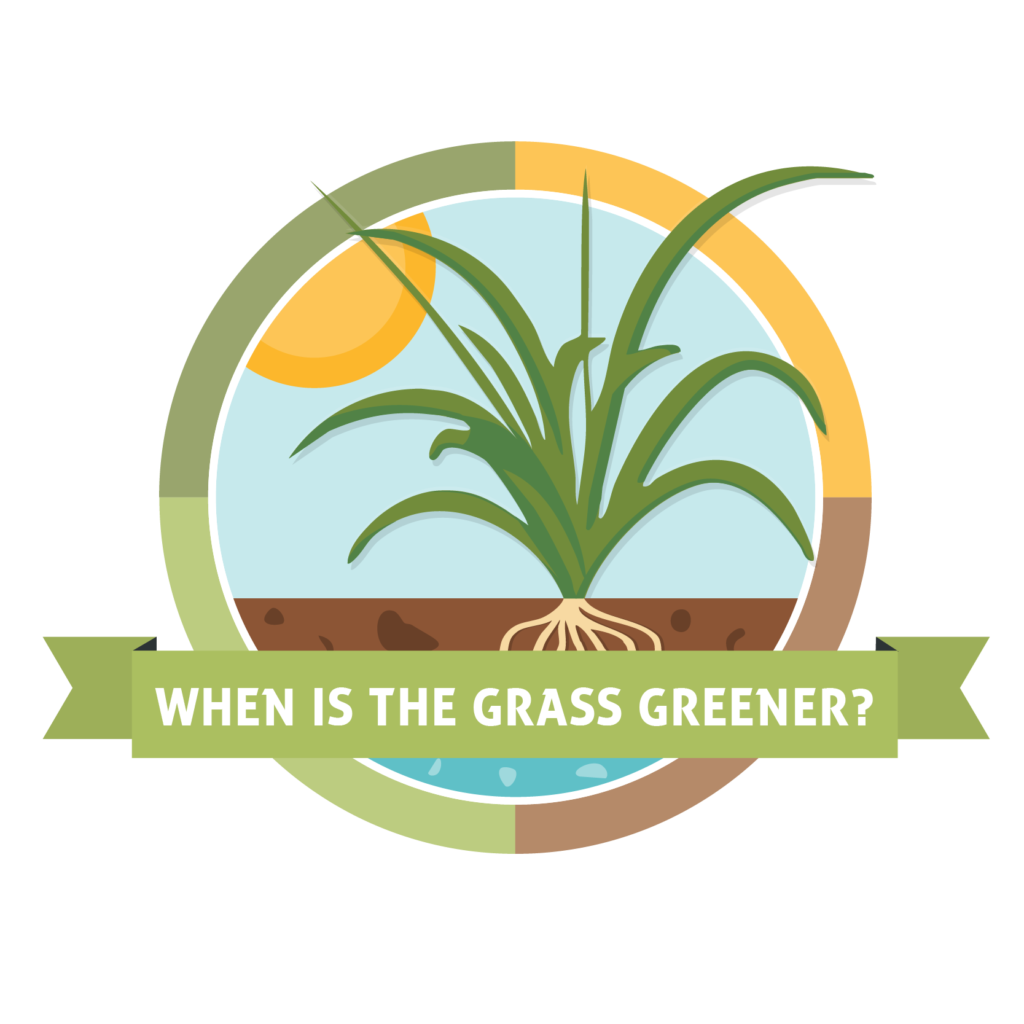USDA Southwest Climate Hub Education Units
A Partnership Between the USDA Southwest Climate Hub and the Asombro Institute for Science Education
Asombro regularly host in-person and virtual teacher trainings covering these lessons. Find recordings of past workshops on our YouTube Channel. See upcoming workshop dates on our Teacher Workshops page.
Climate Change and the Water Cycle
10-hour Unit
Target audience: 6th-12th Grade Students
Increased temperatures and altered precipitation will make water, a limited resource in the arid southwestern United States, even scarcer in many locations. With the aim of fostering climate literacy in our future citizens, we partnered with the USDA Southwest Climate Hub to create an engaging, fun, and scientifically rigorous education unit for 6-12th grade students. It is aligned with Common Core State Standards and Next Generation Science Standards.
Preview the lessons below.
In Insulating You, Insulating Earth, students model the enhanced greenhouse effect through an experiment using their own body heat, thermometers, towels, and space blankets.
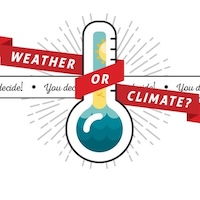
Students use their understanding of the definitions of weather and climate to identify which of the two concepts is better represented by several figures that are presented during the activity.

Students read a short article and examine selections from the media to determine whether the American public and media tend to understand the difference between weather and climate.
In Evaporation Investigation, students conduct an experiment to investigate the effects of various factors on the rate of evaporation.
In The Water Cycle Game, students illustrate the movement of water in the water cycle through reservoirs in an interactive game.
Students play a Chutes-and-Ladders-style board game to understand the effects of climate change on the water cycle.
The Ready, Set, Grow lesson is focused on the effects of climate change on primary producers.
Students analyze data from a desert field experiment to examine the effect of water availability on plant growth.
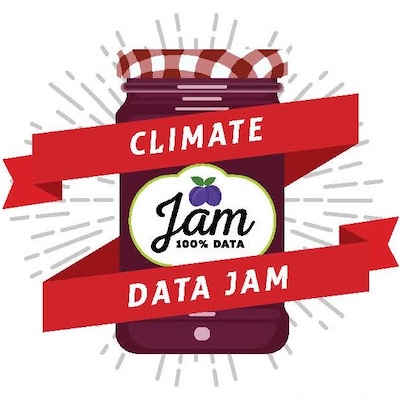
This activity is completed over four days. Students analyze and then showcase climate data by developing a creative project to communicate data trends to nonscientists.
The Effects of Climate Change on Agricultural Systems
5-hour Unit
Target Audience: 6th-12th Grade Students
As the climate changes, increased temperatures and extreme events are predicted in the southwestern United States, which could impact crop productivity and food security. We partnered with the USDA Southwest Climate Hub to design an engaging, fun, and scientifically rigorous education unit aligned with Common Core State Standards and Next Generation Science Standards. This unit is freely available and intended for use by anyone, especially educators of 6-12th grade students. The unit consists of five activities and was designed to be conducted over five days (or five hours). Each activity can also stand alone however, and the unit need not be completed in its entirety.
Preview the lessons below.
Don’t miss our Sustainable Southwest Beef Lessons.
Farms on the Table teaches students about challenges associated with agricultural production under climate change conditions, through playing a fun game in which they make management decisions for a farm.
In Interacting Adaptations, students conduct research on agricultural adaptations to climate change, create posters, and carry out a gallery walk to analyze the interconnectedness of adaptations.
In Wilt It Be Productive, students evaluate an agricultural adaptation to climate change through an experiment to test the effectiveness of a model shade structure in reducing transpiration from spinach leaves under lights.
Washed Away is a lesson about the effects of extreme precipitation events on soil quality that includes a whole-class demonstration, an experiment, and an online activity.
In Get Out and Graze, students learn about a heritage cattle type, Raramuri Criollo, that is well adapted to arid conditions and is being studied for its potential to be more successful than traditional cattle types under climate change conditions in the southwest.
Climate Change and the Carbon Cycle
3-hour Unit
Target Audience: 9th-12th Grade Students
This unit was designed to introduce 9-12th grade students to climate change, the carbon cycle, and the effects of increasing atmospheric carbon dioxide on Earth’s climate. We partnered with the USDA Southwest Climate Hub to design this rigorous high-school level education unit aligned with Common Core State Standards and the three dimensions of the Next Generation Science Standards. This unit is freely available and intended for use by anyone, especially educators of 9-12th grade students. The unit consists of three activities and was designed to be conducted over four days. Each activity can also stand alone however, and the unit need not be completed in its entirety.
Preview the lessons below.
Up in the Air is a two-part lesson in which students model Earth’s carbon cycle. In Part 1, students build a qualitative model to demonstrate carbon reservoir sizes and identify the chemical processes that move carbon over long and short time periods. In Part 2, students build a quantitative model of fluxing and non-fluxing carbon in Earth’s carbon reservoirs.
The Ins and Outs of a Climate Feedback Loop is a lesson about the greenhouse effect and how a positive feedback loop results in increased global temperature. Students will conduct an experiment to model the enhanced greenhouse effect using their own body heat, thermometers, towels, and space blankets.
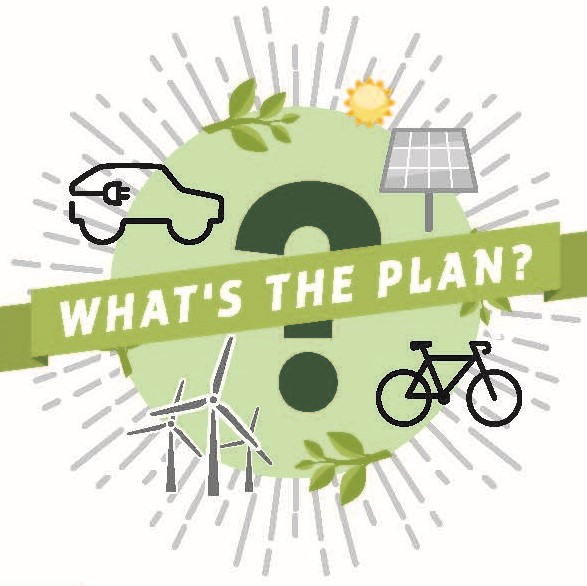
Consider some of ways individuals can make an impact in mitigating climate change. Students will considers the costs, benefits, and stakeholders involved in implementing climate change mitigation and propose how to go about it.
Where's Our Water? Water Conservation in the Southwest
45-minute Lesson
Target Audience: 6th-8th Grade Students
In this standalone lesson, students will interpret graphs to explore the causes of water shortages in the Southwestern United States and predict future conditions. They watch a video about traditional and current water conservation methods and then design, build, and test their own water conservation system. This lesson can be completed in-class, remotely, or as a homework assignment with suggested modifications.
Climate Change and Wildfire
4-day Unit
Target Audience: 9th-12th Grade Students
This unit was designed to introduce 9-12 grade students to the effects of climate change and rising global temperatures on wildfires. We partnered with the USDA Southwest Climate Hub to design an engaging, fun, and scientifically rigorous education unit aligned with Common Core State Standards and Next Generation Science Standards. This unit is freely available and intended for use by anyone, especially educators of 9-12 grade students. The unit consists of three activities and was designed to be conducted over four days. Each activity can also stand alone however, and the unit need not be completed in its entirety. The curriculum is free to download.
Preview the lessons below.
Wildfire: Past and Future helps students to investigate the impacts of climate change on wildfire. They will interpret graphs to see the connections between temperature and wildfire, then conduct an experiment to understand why increasing temperature plays a role in wildfire risk and severity.
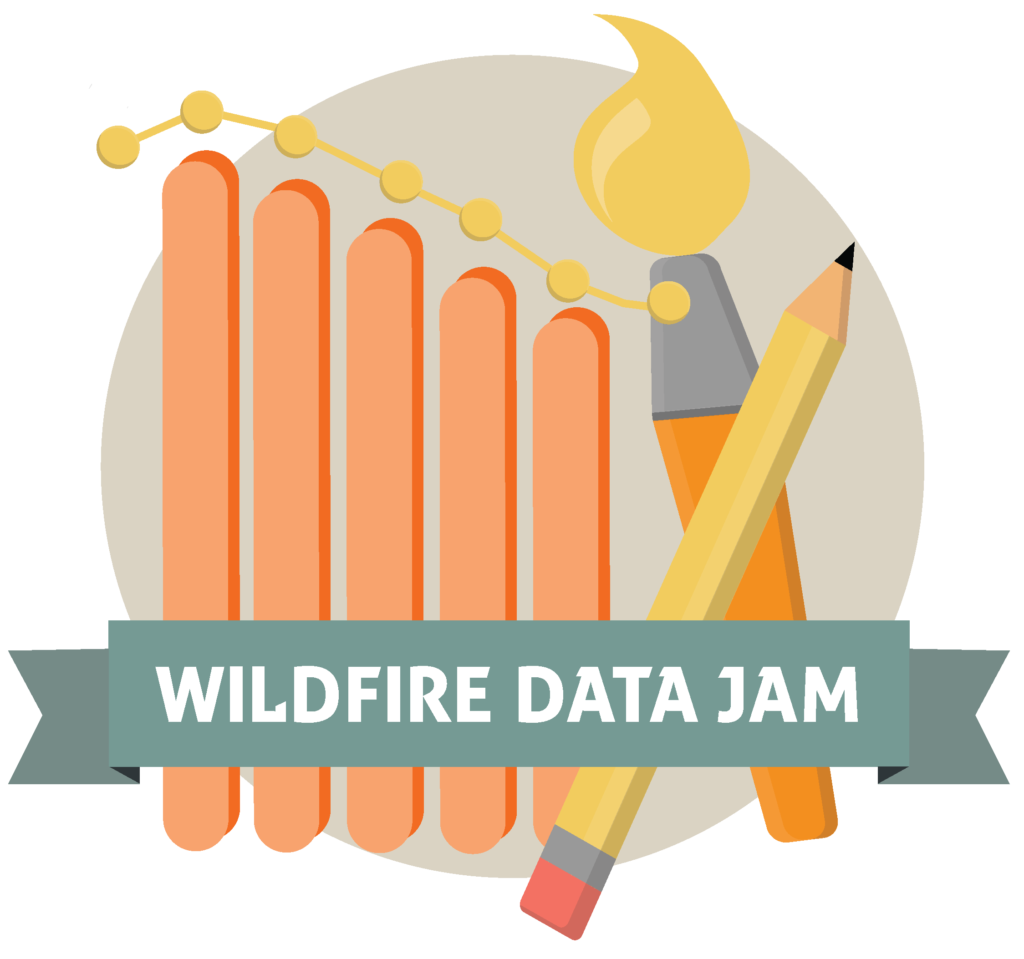
Explore data about Very Large Fires throughout the West and consider how variables like future temperature and humidity will impact fire risk. Then get creative with your data communication.
In Playing With Fire, students explore how a history of fire suppression and climate change inform management of wildfires through a competitive game.
Water Conservation Data Jam
5+ hour Unit
Target Audience: 6th-12th Grade Students
This unit was designed to introduce 6-12 grade students to the effects of climate change on water resources and inspire them to take action based on data. We partnered with the USDA Southwest Climate Hub to design an engaging, fun, and scientifically rigorous education unit aligned with Common Core State Standards and Next Generation Science Standards. This unit is freely available and intended for use by anyone, especially educators of 6-12 grade students. The unit consists of several designed to be conducted over five or more days. However, there are many stopping points and the unit need not be completed in its entirety.
Preview the lessons below.

Adapted from the stand-alone Where’s Our Water lesson, this video connects climate change and water scarcity in the southwest. Students will be presented with data and asked to use Claim, Evidence, Reasoning to construct an argument about future water availability.
Play this video for your students
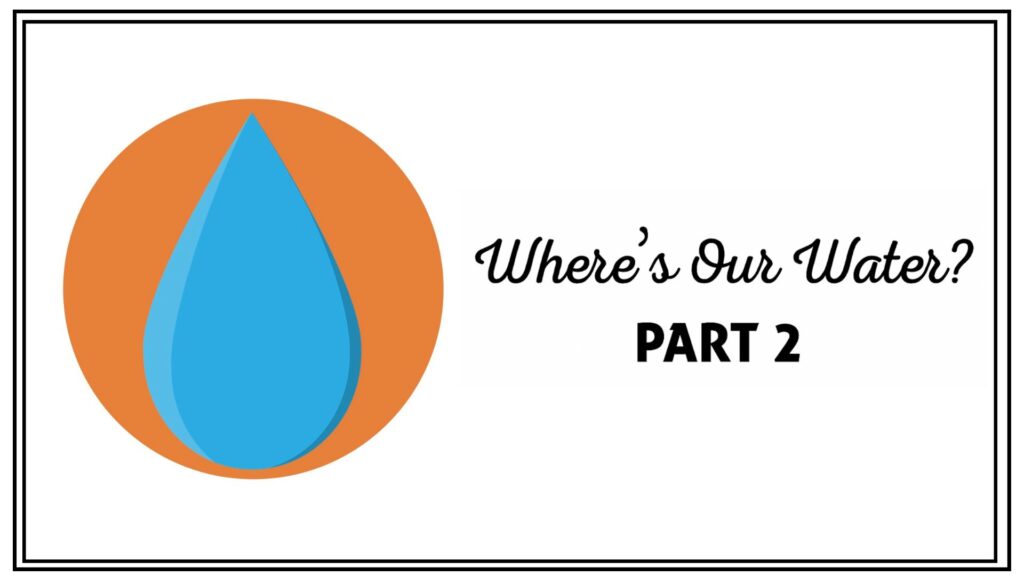
After having analyzed water use data, students will consider how water conservation has been a part of life in the southwest for centuries before creating a water conservation action plan.
Play this video for your students
Climate Change and Phenology
Two 45-Minute Lessons
Target Audience: 6th-12th Grade Students
Phenology is the study of the timing of natural patterns and life cycles. In these two standalone lessons, students explore the relationships between phenology and climate. In The Grass is Greener, middle school students explore desert phenology data and play a game to model how desert grasses and shrubs obtain water, explaining seasonal growth patterns. In Season Sawtooth Patterns, high school students explore online databases to correlate seasonal changes in CO2 with seasonal changes in photosynthesis.
Preview the lessons below.
When desert plants green up depends on weather and access to water. Use a game to model the impacts of phenology, gather data and predict the future of desert plants.
Students use online databases to compare local CO2 levels and local phenology data to explain seasonal variations in CO2.

